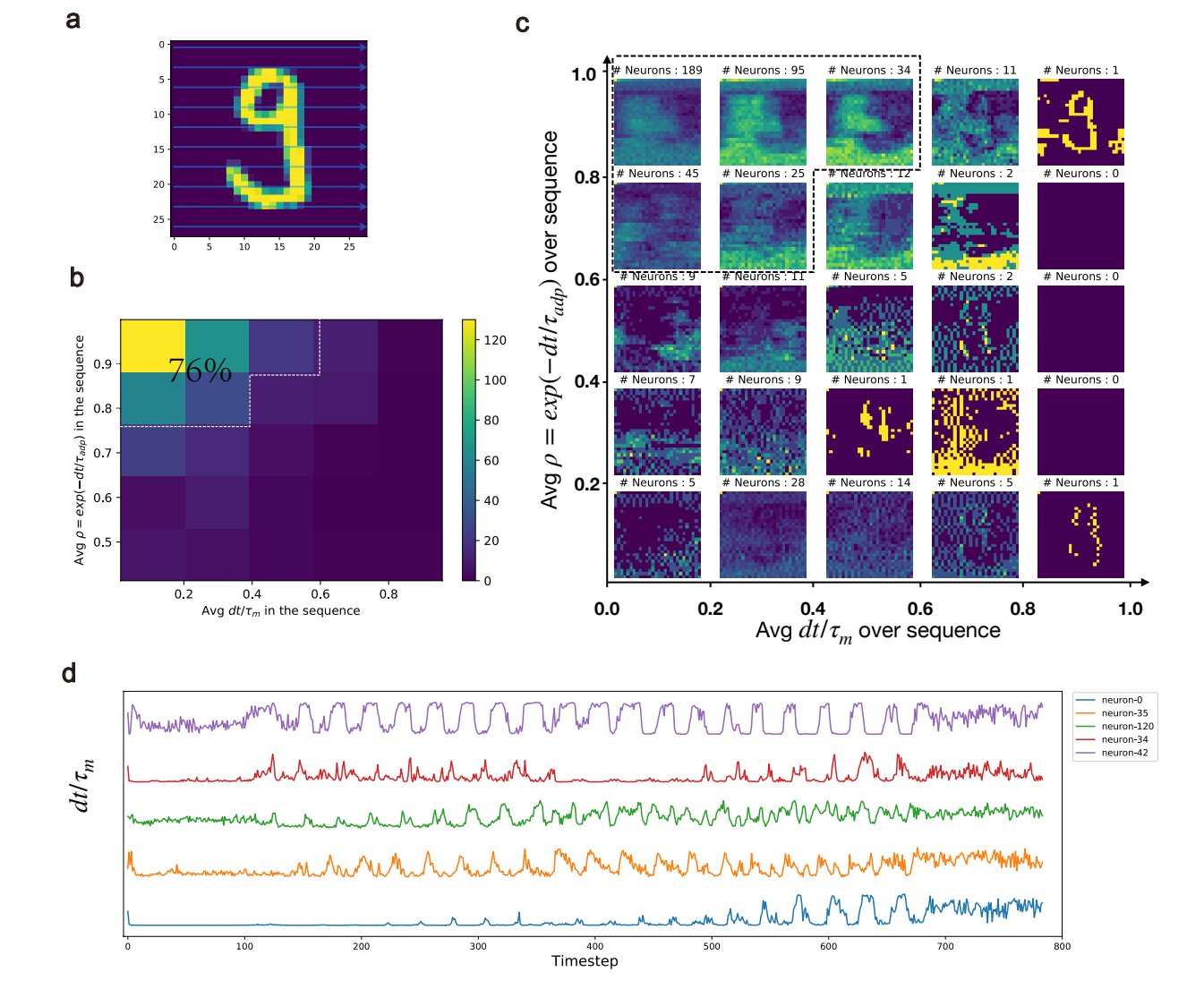Researchers from the Dutch National Research Institute for Mathematics and Computer Science (CWI) have made significant progress in creating artificial intelligence (AI) that can be used on local devices like smartphones and virtual reality (VR) applications. In their study published in Nature Machine Intelligence, Bojian Yin and Sander Bohté show how brain-like neurons and novel learning methods can enable the training of fast and energy-efficient spiking neural networks on a large scale.
Spiking Neural Networks
Modern artificial neural networks are inspired by networks of real biological neurons, but they are only loosely based on them. Spiking neural networks, on the other hand, more closely mimic the workings of biological neurons. These types of neural networks hold promise for bringing AI programs closer to users on their own devices. Additionally, spiking neural networks are good for privacy, robustness, and responsiveness. Applications range from wearable AI to speech recognition, health care monitoring, drone navigation, and local surveillance.
Challenges with Spiking Neural Networks
Spiking neural networks need to be trained to perform tasks well, but the way they communicate poses serious challenges. The algorithms needed for training them require a lot of computer memory, which limits the size of network models and tasks that can be accomplished. Additionally, the learning aspect of these algorithms is a big challenge, as they cannot match the learning ability of our brain.
New Online Learning Algorithm
To address these challenges, Bohté and Yin developed a new online learning algorithm that makes it possible to learn directly from data, enabling much larger spiking neural networks. They demonstrated this in a system designed for recognizing and locating objects. The underlying spiking neural network, SPYv4, can distinguish cyclists, pedestrians, and cars and indicate exactly where they are.
With access to powerful AI solutions based on spiking neural networks, chips are being developed that can run these AI programs at very low power and will ultimately show up in many smart devices, like hearing aids and augmented or virtual reality glasses. The new learning algorithm developed by Bohté and Yin is a significant step towards creating AI that can be used on local devices while protecting privacy and enabling robustness and responsiveness.


Leave a Reply